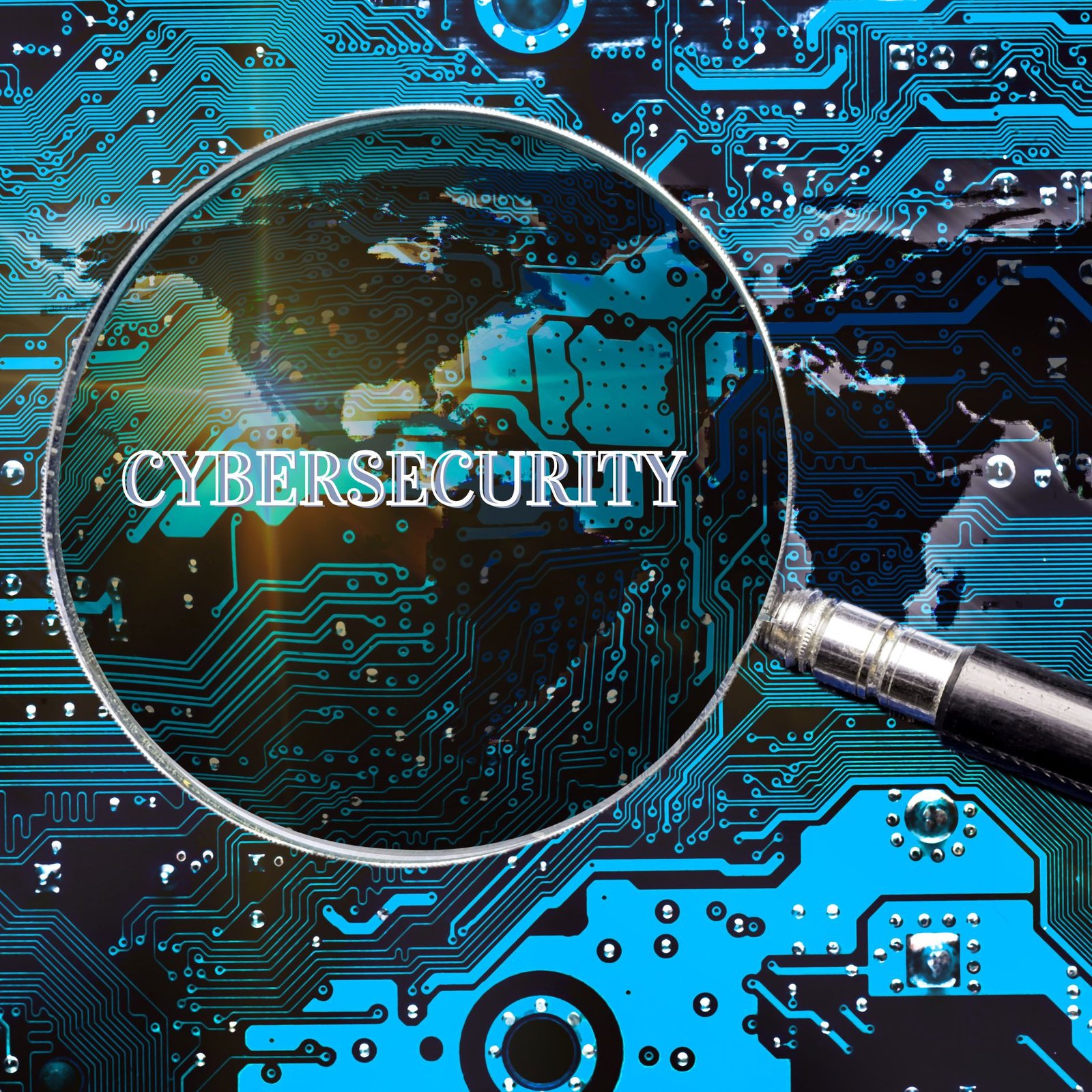Table of Contents
Introduction
In today’s digital age, cybersecurity is more important than ever. With the increasing prevalence of cyber threats, protecting your data, systems, and networks from potential breaches is crucial. This article outlines 16 practical strategies to help you achieve cybersecurity victory and safeguard your digital assets.
Understanding Cybersecurity
Cybersecurity encompasses a range of practices, technologies, and processes designed to protect systems, networks, and data from cyber-attacks. Common threats include malware, phishing attacks, and ransomware, which exploit vulnerabilities to gain unauthorized access or cause damage.
Strategy 1: Regular Software Updates
Keeping your software up-to-date is a fundamental aspect of cybersecurity. Software updates frequently contain patches for security vulnerabilities that attackers might exploit. Implementing automatic updates can ensure that your systems are always protected without requiring manual intervention.
Strategy 2: Strong Password Policies
Creating strong, unique passwords for each account is essential for preventing unauthorized access. Adding multi-factor authentication (MFA) enhances security by requiring users to provide two or more verification factors to gain access.
Strategy 3: Employee Training and Awareness
Many cyber incidents are largely due to human error. Regular cybersecurity training helps employees recognize and respond to threats like phishing emails. Keeping training materials up-to-date ensures that employees know the latest threats and best practices.
Strategy 4: Secure Network Architecture
Designing a secure network involves segmenting your network, using firewalls, and implementing intrusion detection systems (IDS). Network segmentation limits the spread of malware, while firewalls and IDS can detect and block malicious activity.
Strategy 5: Data Encryption
Data encryption transforms data into a code to prevent unauthorized access. Encrypting sensitive information at rest and in transit ensures that even if data is intercepted, it cannot be read without the decryption key.
Strategy 6: Regular Backups
Regularly backing up your data is crucial for recovering from ransomware attacks or other data loss incidents. Store backups in multiple locations, including offsite and cloud storage, to ensure data can be restored if primary systems are compromised.
Strategy 7: Implementing Access Controls
Access controls determine who can access certain information and resources. Role-based access control (RBAC) assigns permissions based on a user’s role, while discretionary access control (DAC) allows data owners to set access permissions. Both methods help restrict access to sensitive information.
Strategy 8: Anti-Malware Solutions
Anti-malware software identifies and eliminates malicious software from your systems. Keeping your anti-malware software up-to-date ensures it can recognize and protect against the latest threats.
Strategy 9: Incident Response Plan
An incident response plan details the steps to take during a cybersecurity incident. Key components are identifying the incident, containing the threat, eradicating the cause, and recovering affected systems. Regular testing and updates keep the plan effective.
Strategy 10: Secure Mobile Devices
Securing them is essential with the increasing use of mobile devices for work. Mobile devices are susceptible to threats like malware, phishing, and physical theft. To protect mobile devices:
- Use Mobile Device Management (MDM): MDM allows you to enforce security policies, remotely wipe data, and manage applications on employee devices.
- Encrypt Data: Ensure all sensitive data on mobile devices is encrypted.
- Enable Remote Wipe: This feature lets you erase data if a device is lost or stolen.
Strategy 11: Regular Security Audits
Security audits are crucial for identifying vulnerabilities and ensuring compliance with security policies. Conducting regular audits helps you stay ahead of potential threats. There are two main types of audits:
- Internal Audits: Conducted by your organization’s IT team to review internal security practices.
- External Audits: Conducted by third-party experts to evaluate your security posture unbiasedly.
Strategy 12: Physical Security Measures
Physical security is often overlooked but is crucial for protecting your data and systems. Implementing robust physical security measures can prevent unauthorized access to your premises and equipment. Examples include:
- Access Controls: Use keycards, biometric scanners, and security personnel to control access to sensitive areas.
- Surveillance: Install security cameras to monitor and record activity around your premises.
- Secure Storage: Use locked cabinets and safes to store sensitive documents and portable devices.
Strategy 13: Secure Cloud Usage
Cloud services offer numerous benefits, such as scalability and cost savings, but they also come with security risks. To secure your cloud usage:
- Choose Reputable Providers: Select cloud providers with strong security measures and a good track record.
- Encrypt Data: Ensure that data stored in the cloud is encrypted in transit and at rest.
- Implement Access Controls: Use strong access controls and monitor access to your cloud services.
Strategy 14: Monitoring and Logging
Monitoring network activity and maintaining logs are essential for detecting and responding to security incidents. Effective monitoring and logging practices include:
- Real-Time Monitoring: Use security information and event management (SIEM) systems to monitor real-time network activity.
- Regular Log Reviews: Review logs to identify unusual activity or potential threats.
- Automated Alerts: Set up automated alerts to notify your team of suspicious activity.
Strategy 15: Vendor Management
Third-party vendors can pose security risks to your organization. Managing vendor security involves:
- Due Diligence: Conduct thorough assessments of vendors’ security practices before engaging them.
- Contractual Agreements: Include security requirements and expectations in vendor contracts.
- Ongoing Monitoring: Review vendors’ security practices to ensure they comply with your standards.
Strategy 16: Compliance with Regulations
Adhering to cybersecurity regulations and standards is critical for protecting your organization and avoiding legal repercussions. Key steps to maintain compliance include:
- Understand Regulations: Familiarize yourself with relevant regulations, such as GDPR, HIPAA, and CCPA.
- Implement Controls: Put in place the necessary controls to meet regulatory requirements.
- Regular Audits: Conduct regular audits to ensure ongoing compliance and address gaps.
Conclusion
Achieving cybersecurity victory requires a comprehensive and proactive approach. Implementing these 16 strategies can significantly enhance your organization’s security posture and protect your valuable assets from cyber threats. Cybersecurity is ongoing, and staying vigilant is critical to maintaining a solid defence.









